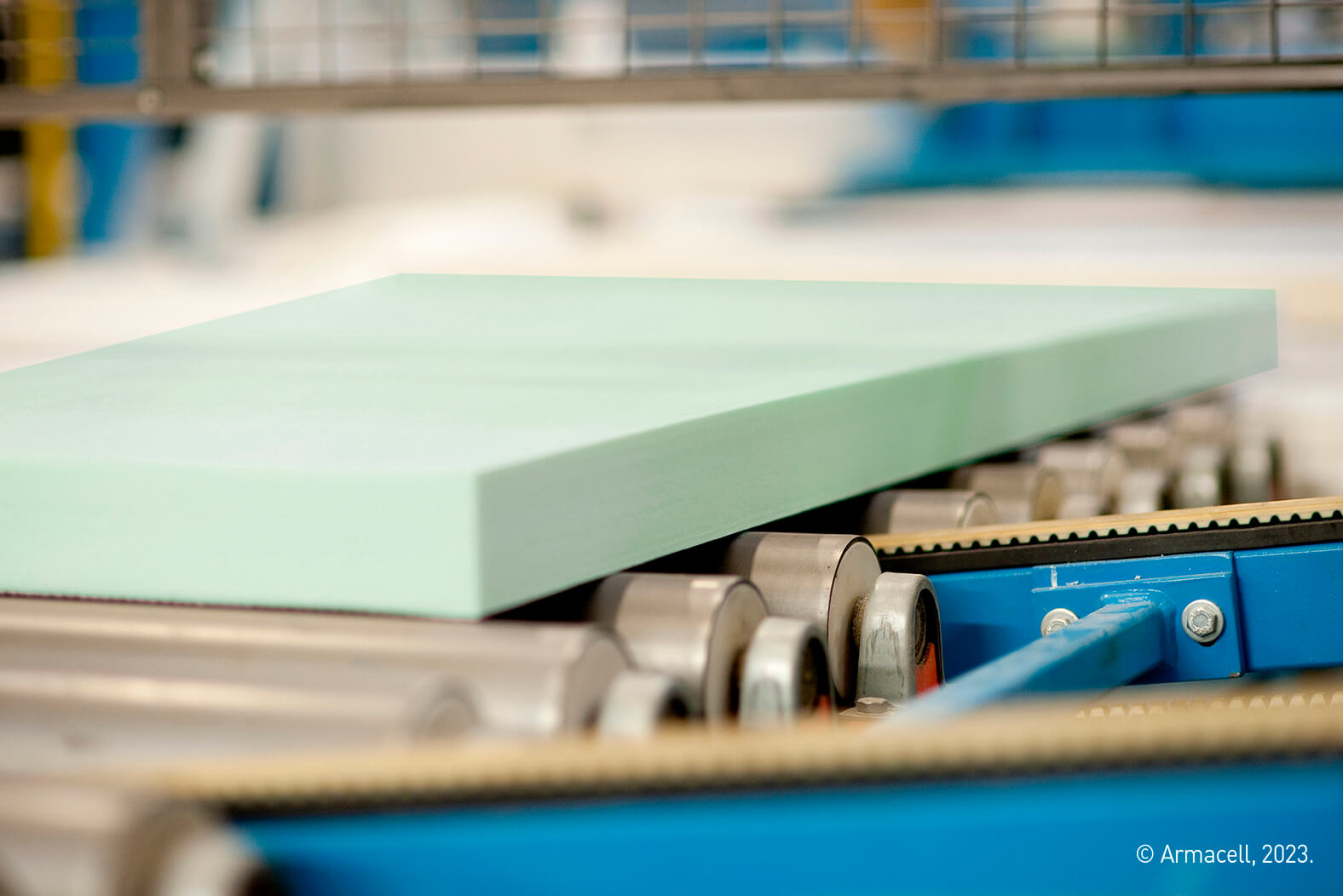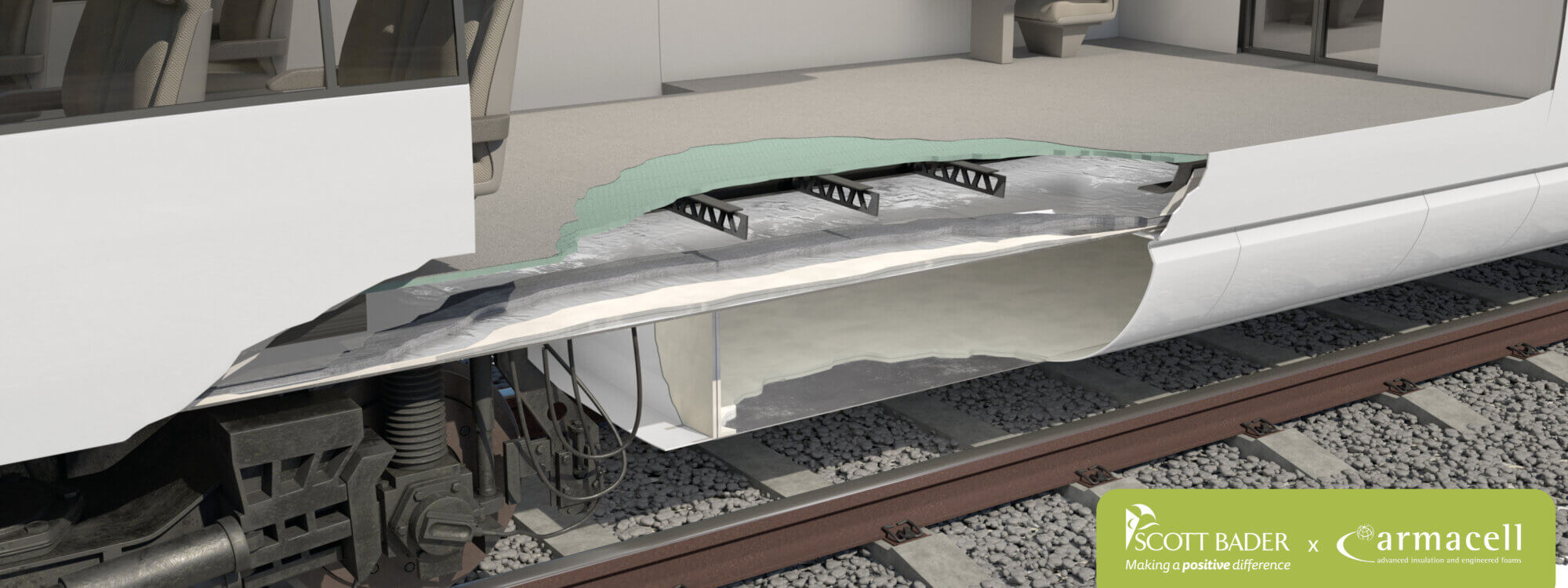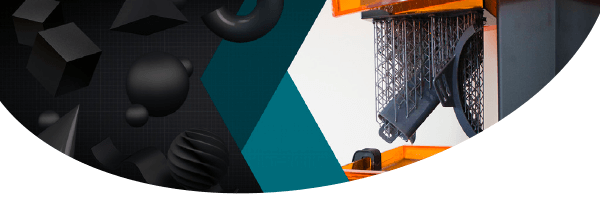New sustainable composite flooring solution for rail
Supply chain partners present innovative interiors system.
A novel application for composite panels in rail flooring systems has been devised by Armacell and Scott Bader.
The collaboration has resulted in a lightweight alternative to plywood or metal that brings added sustainability benefits – alongside proven structural and fire safety performance.
Suitable for interior uses, the fully engineered solution comprises Scott Bader’s Crestafire Bio resin, sandwiched with Armacell’s ArmaPET Struct GRX recycled PET foam core.
Both companies have individually brought these developments to market in the last 12 months but – by undertaking joint research to establish how the solutions perform in tandem – the partnership is supporting OEMs and their Tier 1 suppliers in fast-tracking the development of more environmentally desirable concepts that adhere to Europe’s stringent EN45545-2 HL3 standards.
 “Industry conversations following the 2024 launch of our new 100% bio-based resin – Crestafire Bio – made it clear that while the development is significant in itself, finding complementary solutions to deliver systems that can satisfy safety and sustainability concerns – alongside delivering exceptional performance – provide greater efficiency from concept testing through to end-use application,” says Elena Romanova, Global Market Manager for Land Transport at Scott Bader.
“Industry conversations following the 2024 launch of our new 100% bio-based resin – Crestafire Bio – made it clear that while the development is significant in itself, finding complementary solutions to deliver systems that can satisfy safety and sustainability concerns – alongside delivering exceptional performance – provide greater efficiency from concept testing through to end-use application,” says Elena Romanova, Global Market Manager for Land Transport at Scott Bader.
“While there is wider spread adoption of composite structures being used in high speed rail construction, the exploration of lighter weight, semi-structural interiors applications is less advanced. This is a unique market approach that we believe will significantly contribute to both lightweighting and lowered embodied carbon without compromising fire safety.”
Scott Bader’s Crestafire Bio chemistry offers a plant-based alternative to traditional phenolic resins. From an environmental perspective this formulation is more favourable than traditional resins made from petrochemicals and can also be kept at room temperature – reducing the cost and emissions associated with refrigeration. Differences in the process also enable a quicker turnaround for composite manufacturers and protect operators from potentially harmful VOCs.

In parallel, Armacell has further improved its 100% recycled ArmaPET Struct foam core now featuring a more homogenous and finer cell structure with Struct GRX. This makes the technology even more efficient because of its improved shear properties, culminating in cost and weight savings by optimising the resin uptake. Like all of Armacell’s high-tech foam products, Struct GRX is made from recycled PET bottles and is 100% recyclable.
“One of the most important benefits of Struct GRX is that it optimises the resin uptake and so reduces the amount of resin required to ensure optimum performance – ultimately creating a lighter component,” says Jordi Ponjoan, Armacell’s Product Manager for PET Foams.
“The collaboration with Scott Bader enables us to evidence this using a complementary solution that also contributes to better environmental credentials. Working with like-minded partners that prioritise sustainable innovation not only helps Armacell with its commitment to continual improvement but shows what can be achieved by bringing parts of the industry together to engineer change that ensures train travel is as safe and sustainable as possible on every level.”
It is estimated that the proposed composite flooring solution is 60-70% lighter than plywood and up to five times more durable. With global rail operators aiming to significantly increase the number of high-speed trains on the network by 2030, while continuing to cut carbon emissions, the weight, make-up and longevity of all material components will come under scrutiny. With the floor acting as a fire barrier and sandwich panels of a certain thickness being particularly challenging to fire test, the companies’ investment in developing a proven system is aimed at supporting OEMs in modifying to meet ambitious Net Zero targets.



